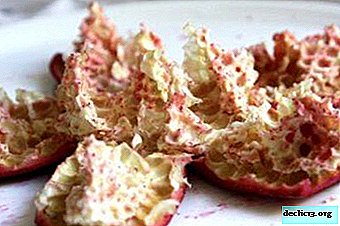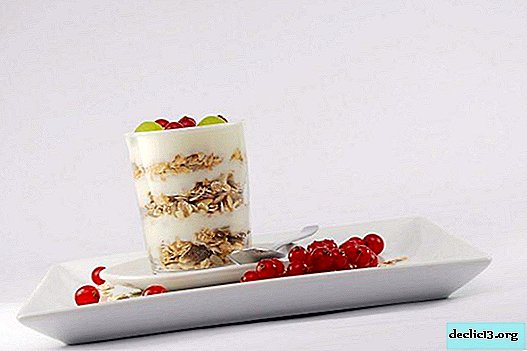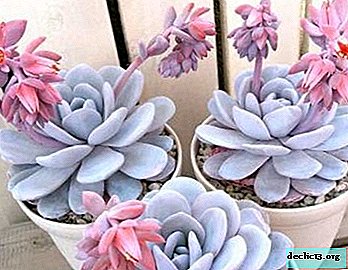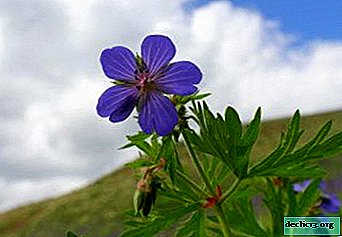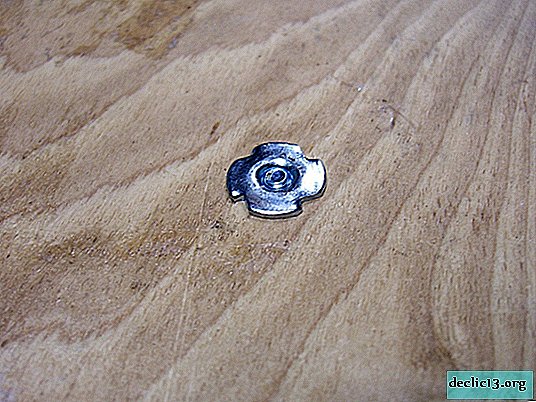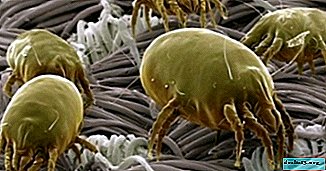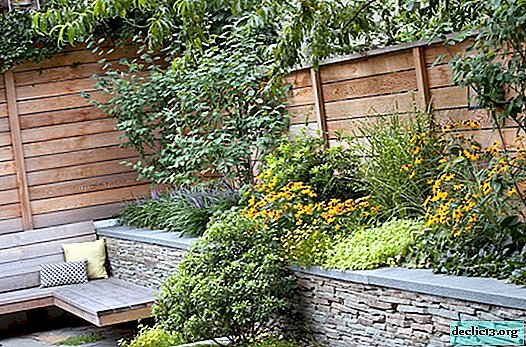The most popular types of lithops: description and photo
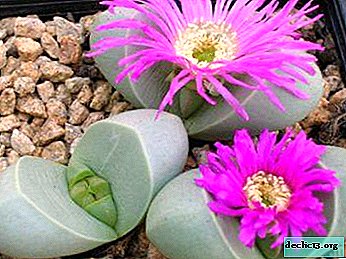
Lithops are perennial succulents with a developed root system, the volume of which is many times greater than the ground part. The tenacious roots of lithops are perfectly fixed both on solid rock, and grow firmly into a scattering of stones.
They are very diverse in their appearance, both in the natural habitat and in indoor floriculture. When breeding at home, these plants are grown in groups.
In the natural habitat, there are more than 40 species of lithops. Florists who have not previously planted lithops will find in specialized stores more than 100 varieties (varieties) of these cacti.
Description and photo varieties
Aucampiae
The leaves of this succulent are only 2–3 cm wide. The lithops Aucamp has the upper part of rounded leaf plates.The crack between the lobes of this plant species is very deep. The color of the leaves can be green, gray-blue or brown. A pattern in the form of specks of a darker color is scattered along the top of the sheet plates. The flower of the lithops is about 4-5 cm in diameter bright yellow.
Lithops are succulents, which are able to accumulate water in their leaves and perfectly tolerate high temperature and dry air. On especially hot and stuffy days, the air around the plants can be sprayed from a spray bottle. In the summer they can be taken out in the open air.

Hooker (Hookeri)
It is a medium-sized plant with oval or round asymmetrical leaves on top. The color of the plates is brown or gray-brown.
Leaves have folds similar to brain gyrus. The deepening between the burgundy leaves forms a beautiful mosaic pattern. The plant blooms yellow with red tips of petals flowers.

False Truncated (Pseudotruncatella)
The leaves of succulent lithops pseudotruncatella in diameter reach 3 cm, the height of the plant is 4 cm. The leaves are painted in pink, gray or brown. On the surface of the sheet plates graceful patterns of thin lines and dots. The gap between the lobes is deep. From it grows a large flower about 4 cm in diameter of a golden yellow color.
Lithops are very demanding on lighting, they need bright sunlight all year round. Therefore, they must be placed accordingly on the southern windows. And in autumn and winter, organize additional illumination with ultraviolet lamps.

Karasan (Karasmontana)
Lithops karasmontana grows in numerous groups. Its leaves are elliptical in shape slightly convex above, and slightly concave on the sides.
The color scheme - from white, blue to tan or brick. On the top of the leaf plates are small tubercles and depressions. The flower of this type of lithops is large, white or occasionally pink. Succulent blooms in late autumn.Lithops should be watered with great care, because from an excess of moisture, their roots will begin to rot. It will be ideal to water plants from spring to autumn - no more than 1 time in 2 weeks. In winter, watering should be excluded before the formation of new leaves.

Bromfield (Bromfieldii)
It is a very compact, outlandish-looking perennial, almost without a stem. Its leaves, separated by a pronounced crack, are distinguished by an inverted-conical shape.
Flat-topped leaf plates can be greenish brown, green, red brown, or whitish. On their surface there are small specks and dots. It blooms with a beautiful bright yellow flower.

Soleros (Salicola)
Low 2.5 centimeter succulent with very fleshy rounded leaves. The gap between the plates is shallow. Leaf plates on top are flat, olive tint. Dark green blotches are scattered on the surface. The flower is quite large, about 4 cm wide, white.
Transplant lithops should be no more than 1 time in 3 years and only if the roots of the plant fill the entire pot. The plant needs a shallow and wide vessel for growing with a high layer of drainage. The substrate can be purchased at the store - any mixture for desert succulents is suitable for it. Or you can prepare the soil mixture yourself:
- 1/3 part of deciduous humus;
- 1/3 part of clay;
- 1/3 of the river sand.

Divided (Divergens)
This species got its name due to its unusual appearance. Its leaf plates do not adhere to each other, like other types of lithops, but grow in different directions, between which a deep cleft forms.
This plant is small in size - in diameter does not exceed 2.5 cm, in growth - no more than 3 cm. Leaf blades are green with small gray patches. The surface of the leaves is slightly sloping. Blooms in autumn with a yellow flower.

Beautiful (Lithops Bella)
This succulent grows up to 5 cm in width and up to 3 cm in height. The leaves are very fleshy and convex on top. The dividing gap between the lobes is not deep. The color of the leaves is yellowish or brownish. Blooms in early autumn with a white, very fragrant flower. Lithops do not need to be fed. All the necessary trace elements they receive from the substrate.

Conclusion
In addition to the species described in this article, There are many other varieties of lithops, each of which is beautiful and unique in its own way. It is not very difficult to take care of these plants, and even a beginner grower can create the right conditions.

